If you’ve been on the internet long, undoubtedly you’ve read a lot of mis-information about 223 Remington and 5.56 NATO. If you’re like me, you also find it difficult to find answers and specifics related to these two cartridges and rifle chamberings. The 5.56 NATO chamber is “larger” than the 223 Remington chamber- but my how much? What is the “real deal” related to 223 Remington and 5.56 NATO ammunition interoperability? In this post, I’ll share some information I’ve gathered from multiple industry partners, and by means of good old fashioned research (like weighing cases in the Ultimate Reloader lab). If you are in the market for 223 or 5.56 brass, please visit my industry partner Capital Cartridge!
How 223 Remington and 5.56 NATO Came to Be
While this is by no means exhaustive, I thought I’d summarize the events that lead us to this point in time- this age where there’s a plethora of different rifles, chamber specifications, load data, information, and mis-information all related to the AR-15 and the 223 Remington cartridge. Here’s a rough timeline of events:
Early 1950s |
Eugene Stoner creates a radical new rifle design around the 308 Winchester cartridge called the “AR-10” (there were other designs as well). |
Late 1950s |
The US Army, through an organization called CONARC, publishes the requirements for the Army’s next-generation battle rifle. |
1963 |
Remington arms releases a new cartridge called “223 Remington” along with a version of the Remington 760 chambered for this new cartridge. |
1964 |
The US Army adopts the AR-15 and designates it the M16 with semi-auto and full-auto firing modes. The US Army also creates a military-specific variant of 223 Remington called “5.56 NATO” (5.56x45mm) |
1994 |
The US Military officially adopts the M4, a newer rifle variant based on the M16/AR-15. |
223 -vs- 5.56 Ammunition
There are some differences you’ll notice right off the bat between .223 Remington and 5.56 NATO Ammunition:
- On the case rim, you’ll notice “223” stamped on 223 Remington brass, where 5.56 NATO brass may only have a date, initials (Ex: FC) and one or more symbols
- On the case rim, you’ll notice that 5.56 military ammunition will have a crimp around the primer pocket (not the case for new 5.56 cases hand loaded in the civilian market)
Here’s a side by side comparison of the case rims for 223 Remington and 5.56 NATO: (click/tap to enlarge) 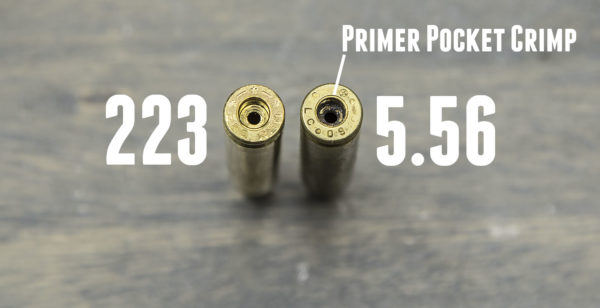 There may be other differences externally as well. 5.56 ammunition will have a cannelured and crimped bullet, where 223 Remington ammunition may or may not have a cannelure or crimp. Dimensionally, these cartridges are essentially identical on the exterior with the exception of some bullet profiles used for 5.56 NATO ammunition. Here are some similarities between .223 Remington and 5.56 NATO Ammunition:
There may be other differences externally as well. 5.56 ammunition will have a cannelured and crimped bullet, where 223 Remington ammunition may or may not have a cannelure or crimp. Dimensionally, these cartridges are essentially identical on the exterior with the exception of some bullet profiles used for 5.56 NATO ammunition. Here are some similarities between .223 Remington and 5.56 NATO Ammunition:
- Same external case dimensions (shoulder transition may have different radius)
- Same cartridge overall length
- Same case trim-to length
- Both cartridges were designed/optimized for 55 grain bullets
- Both use small rifle size primers
223 Remington Cartridge Diagram: 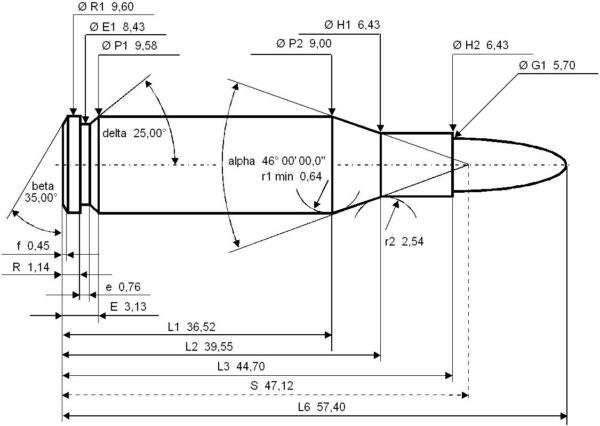 5.56 Nato Cartridge Diagram:
5.56 Nato Cartridge Diagram: 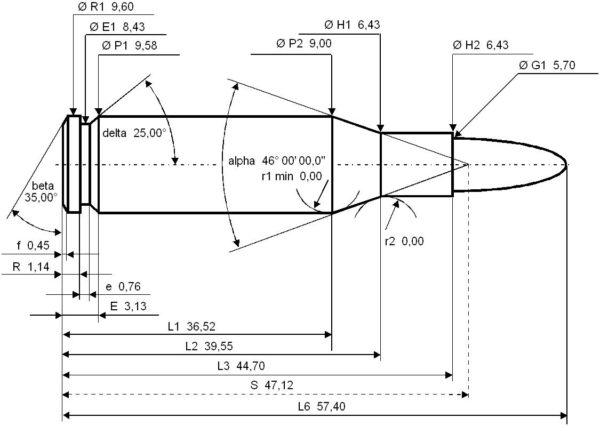 Both diagrams above created by Francis Flinch. You can see above, the only difference is the radiused shoulder-to-neck transition for the 223 Remington cartridge (sharp for 5.56 NATO). This difference does not affect function in any of the common 223-variant chamberings including 5.56 NATO. The case capacity is also slightly different:
Both diagrams above created by Francis Flinch. You can see above, the only difference is the radiused shoulder-to-neck transition for the 223 Remington cartridge (sharp for 5.56 NATO). This difference does not affect function in any of the common 223-variant chamberings including 5.56 NATO. The case capacity is also slightly different:
- 5.56 NATO case capacity: 28.5 grains H2O
- 223 Remington case capacity: 28.8 grains H2O (+1.1% compared to 5.56 NATO)
As with most factors related to 5.56 and 223, actual case capacity will vary. In summary: the exterior dimensions of 223 Remington and 5.56 NATO ammunition are essentially the same. 223 Remington and 5.56 NATO cases are essentially the same, perhaps with 1% difference in case capacity between the two.
Confusion: Pressure Ratings and Testing
Where much of the confusion comes when trying to understand the differences between 223 Remington and 5.56 NATO ammunition is when reading the published maximum allowed pressure for each cartridge. You may see data published that looks like this:
223 Maximum pressure (SAAMI) 380 MPa (55,000 psi) 5.56 Maximum pressure (EPVAT) 430.00 MPa (62,366 psi)
…and this data would make it appear that 5.56 NATO ammunition is certified “to a higher pressure” than 223 Remington ammunition. That is actually not the case! It’s only when we observe the US Military’s updated pressure testing and rating data when we see a parallel:
5.56 Maximum pressure (SCATP 5.56) 380.00 MPa (55,114 psi)
You’ll note here that different testing methods are specified:
- SAMMI (Sporting Arms and Ammunition Manufacturers’ Institute) pressure testing: requires drilling a hole in case a specified distance back from the case mouth. Pressure is measured externally by means of gas which escapes via hole in case. This method is complicated, but high in accuracy.
- EPVAT (Electronic Pressure Velocity and Action Time) pressure testing: measures pressure from rifle’s chamber/barrel area ahead of location of case mouth. This method is quicker and easier compared with the SAMMI pressure testing method, but is not as accurate.
- SCATP pressure testing: A new military standard for cartridge pressure testing that is essentially equivalent to the SAMMI method.
Here’s a comparison of the SAMMI/SCATP pressure test location compared to the EPVAT pressure testing location within the rifle’s barrel/chamber: 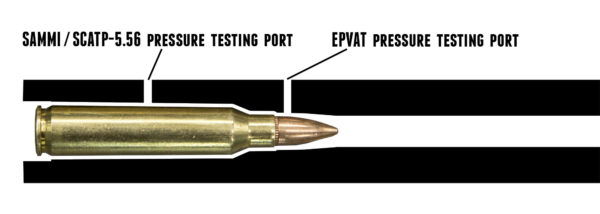 And here’s a picture of the pressure testing apparatus used for these kinds of tests (image courtesy PCB Piezotronics):
And here’s a picture of the pressure testing apparatus used for these kinds of tests (image courtesy PCB Piezotronics): 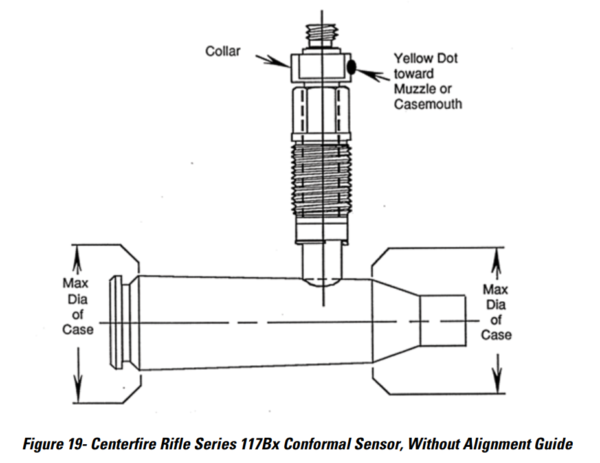 For SAMMI and SCATP tetsing, the location of the pressure port (and hole drilled in case) is specified and measured relative to a “conformal line” as shown in this diagram:
For SAMMI and SCATP tetsing, the location of the pressure port (and hole drilled in case) is specified and measured relative to a “conformal line” as shown in this diagram: 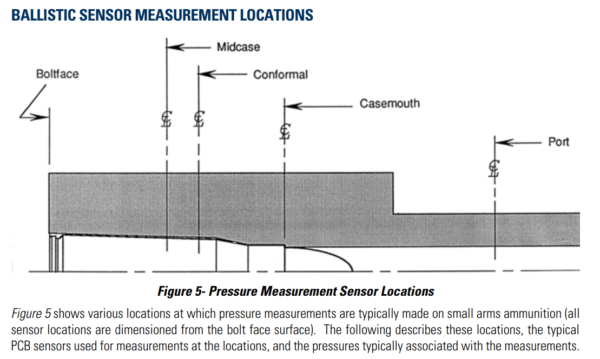 The advantages of the SAMMI/SCATP pressure testing methods are cleaner data and more accurate/reliable results. And it’s when you compare the SCATP-5.56 pressure rating to the SAMMI 223 Remington pressure rating that things become clear:
The advantages of the SAMMI/SCATP pressure testing methods are cleaner data and more accurate/reliable results. And it’s when you compare the SCATP-5.56 pressure rating to the SAMMI 223 Remington pressure rating that things become clear:
- 5.56 Maximum pressure (SCATP 5.56) 55,114 psi
- 223 Maximum pressure (SAAMI) 55,000 psi
The conclusion: 223 Remington and 5.56 NATO have essentially the same maximum working pressure rating. So what about the “interoperability issues” between 223 Remington and 5.56 NATO then? These are real, some of the time. Let’s first compare the chambers between .223 Remington and 5.56 NATO.
223 Remington and 5.56 NATO Chamber Differences
There is some information that’s easy to find on the internet, and some that must be gathered from reputable online sources and industry players (large companies, smaller reamer grinding shops, and everything in between). I’ll note here that chamber dimensions seem to be somewhat “open to interpretation” by reamer manufacturers and firearms OEMs. So I’m not going to state anything as universal fact here: these are numbers that I feel best represent the differences between 223 Remington spec chambers and 5.56 NATO military spec chambers. In short, reamers and chambers will vary, and the most important thing is how firearms are certified and tested. As seen in the video, here are the differences in chamber dimensions between 223 Remington and 5.56 NATO (click/tap to enlarge) 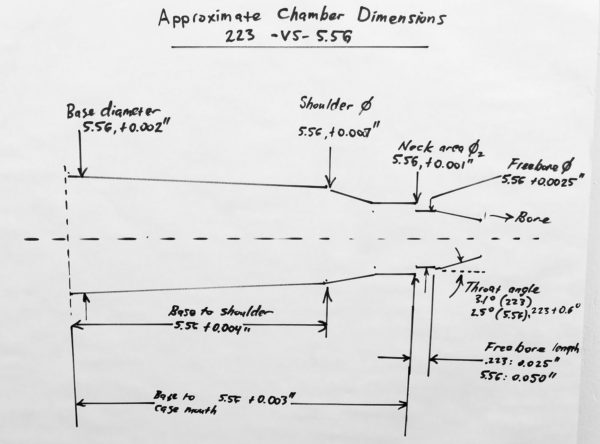 Yes, the 5.56 NATO chamber is “a couple thousandths larger here and there” – but the most important difference is the freebore (lead) length. The freebore is the smooth portion of the bore (with no rifling, oversize compared to the bullet) that accounts for variations in bullet ogive/length, and gives the bullet some “room” to exit the cartridge slightly before the throat guides the bullet into the rifling. With twice the freebore length (0.050″ for 5.56 NATO compared to 0.025″ for 223 Remington) the 5.56 NATO chamber can safely accomodate cartridges that produce slightly higher peak pressure, and bullets that have extended ogives. Other than this freebore difference, the rest of the “deltas” can account for enhanced reliability for 5.56, and can cause 5.56 chambered rifle accuracy to suffer somewhat compared to otherwise equivalent 223 Remington chambered rifles. The differences between the 223 and 5.56 chambers are evident in the documentation that FORSTER provides for their headspace gauges. Here are the differences between the 223 Remington and 5.56 NATO headspace gauge guidelines:
Yes, the 5.56 NATO chamber is “a couple thousandths larger here and there” – but the most important difference is the freebore (lead) length. The freebore is the smooth portion of the bore (with no rifling, oversize compared to the bullet) that accounts for variations in bullet ogive/length, and gives the bullet some “room” to exit the cartridge slightly before the throat guides the bullet into the rifling. With twice the freebore length (0.050″ for 5.56 NATO compared to 0.025″ for 223 Remington) the 5.56 NATO chamber can safely accomodate cartridges that produce slightly higher peak pressure, and bullets that have extended ogives. Other than this freebore difference, the rest of the “deltas” can account for enhanced reliability for 5.56, and can cause 5.56 chambered rifle accuracy to suffer somewhat compared to otherwise equivalent 223 Remington chambered rifles. The differences between the 223 and 5.56 chambers are evident in the documentation that FORSTER provides for their headspace gauges. Here are the differences between the 223 Remington and 5.56 NATO headspace gauge guidelines: 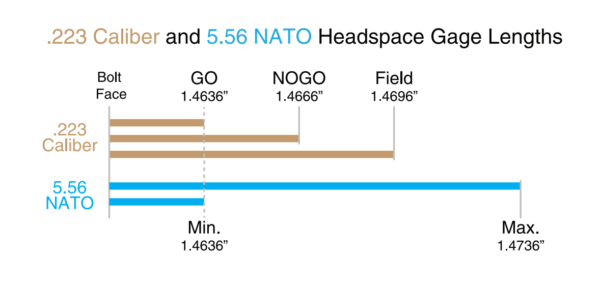 You can read the full document from FORSTER HERE. You’ll notice that the 223 Field (the max safe chamber for 223 Remington, beyond typical chamber dimensions) and the 5.56 NATO “MAX” dimensions are different, with the 5.56 NATO MAX being 0.004″ longer than the 223 Remington FIELD dimension. This is consistent with the diagram above which shows the base to shoulder dimension with the same difference between the two chamberings.
You can read the full document from FORSTER HERE. You’ll notice that the 223 Field (the max safe chamber for 223 Remington, beyond typical chamber dimensions) and the 5.56 NATO “MAX” dimensions are different, with the 5.56 NATO MAX being 0.004″ longer than the 223 Remington FIELD dimension. This is consistent with the diagram above which shows the base to shoulder dimension with the same difference between the two chamberings.
223/5.56 Hybrid Chambers
Also note that there are several “hybrid chamber” designs out there that “split the difference” between the 5.56 NATO chamber specification and the 223 Remington chamber specification. These include the 223 Wylde, and Noveske’s hybrid chamber. It may or may not be safe to shoot 5.56 NATO ammunition in 223-variant chambers: check your manufacturer’s literature to be sure. What these hybrid chambers claim to do is offer the interoperability of the 5.56 NATO chamber with accuracy closer to that of the 223 Remington chamber. I haven’t tested these hybrid chambers to test the accuracy claims- but if you have, please leave a comment to tell us about your experiences!
223 Remington and 5.56 NATO Ammunition Interoperability
SAMMI makes it quite clear- you can shoot 223 Remington ammunition in a 5.55 chamber, but you shouldn’t shoot 5.56 ammunition in a 223 Remington chamber: 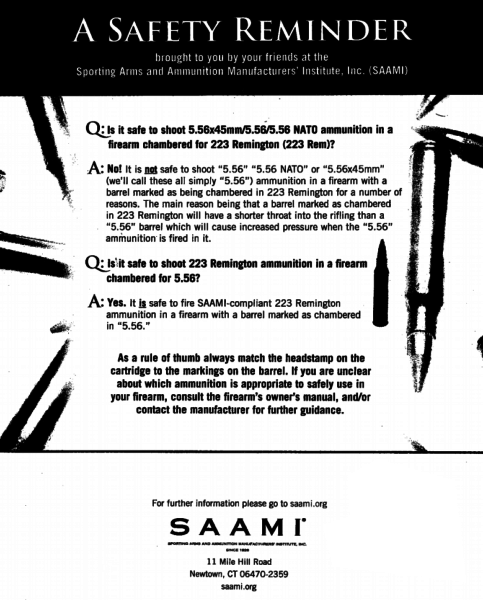 So why is this? We already talked about how the cases and exterior ammunition dimensions are nearly the same. It has to do mostly with bullet profile! The military has used a wide variety of bullet types in the M16 and M4. The most common use-case is the 55 grain FMJ 5.56 NATO cartridge, but on the other end of the spectrum you have the 64 grain tracer 5.56 NATO cartridge. This tracer ammunition utilizes a bullet that has a different profile as seen here: (click/tap to enlarge)
So why is this? We already talked about how the cases and exterior ammunition dimensions are nearly the same. It has to do mostly with bullet profile! The military has used a wide variety of bullet types in the M16 and M4. The most common use-case is the 55 grain FMJ 5.56 NATO cartridge, but on the other end of the spectrum you have the 64 grain tracer 5.56 NATO cartridge. This tracer ammunition utilizes a bullet that has a different profile as seen here: (click/tap to enlarge) 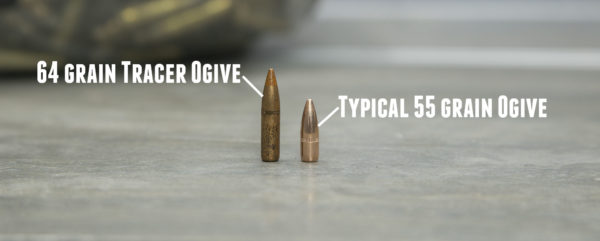 Because the 64 grain tracer bullet is less dense, the overall length of the bullet has to be increased, but lengthening the bullet requires a faster twist rate in order to remain stable in flight. So the ogive of the bullet (the curved portion that first meets the rifling) is also pushed forward in order to squeeze more volume out the bullet. This extended ogive is part of the reason it isn’t considered safe to shoot 5.56 NATO ammunition in a 223 Remington chamber- it’s because the military specifies 5.56 NATO ammunition relative to the 5.56 NATO chamber NOT the 223 Remington chamber. So you can’t assume any 5.56 NATO ammunition is safe to shoot in a gun chambered for 223 Remington.
Because the 64 grain tracer bullet is less dense, the overall length of the bullet has to be increased, but lengthening the bullet requires a faster twist rate in order to remain stable in flight. So the ogive of the bullet (the curved portion that first meets the rifling) is also pushed forward in order to squeeze more volume out the bullet. This extended ogive is part of the reason it isn’t considered safe to shoot 5.56 NATO ammunition in a 223 Remington chamber- it’s because the military specifies 5.56 NATO ammunition relative to the 5.56 NATO chamber NOT the 223 Remington chamber. So you can’t assume any 5.56 NATO ammunition is safe to shoot in a gun chambered for 223 Remington.
Reloading 223 Remington and 5.56 NATO Ammunition
Reloading 223 Remington and 5.56 NATO ammunition is essentially the same as loading most other bottleneck rifle cartridges. You will use the same press, powder measure, shellplate or shellholder, and so on and so forth. Reloading dies are the same for 223 Remington and 5.56 NATO because as we’ve already discussed, the exterior dimensions are essentially the same. Here’s a LEE RGB 223 die set that’s also certified to work with 5.56 NATO cases: 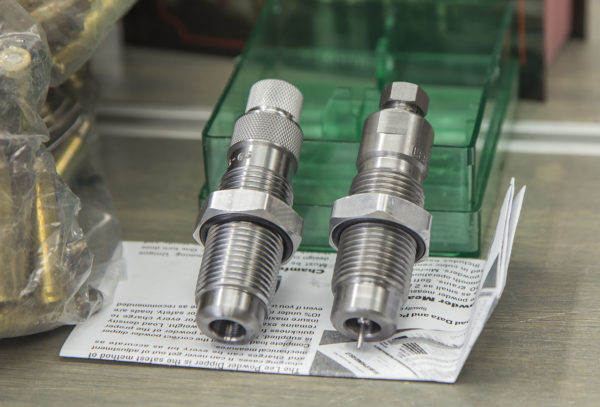 When reloading 223 Remington and 5.56 NATO cartridges, there are a few things to keep in mind:
When reloading 223 Remington and 5.56 NATO cartridges, there are a few things to keep in mind:
- If you are loading previously fired military 5.56 cases, you’ll need to swage or ream the primer pockets to remove the crimp.
- Load data for 223 Remington and 5.56 NATO is not the same! Use the appropriate load data for the case you are loading.
- Check your twist rate! For 223 Remington and 5.56 NATO, twist rates will vary from 1:14 (slow) to 1:7 (fast). Longer/heavier projectiles will require a faster twist rate. Always check the bullet manufacturer’s data to confirm.
- 22 caliber case mouths are small- I would suggest cleaning the lube from your sized cases before charging with powder to avoid powder sticking/bridging at the case mouth.
Conclusion
In short- rifles chambered in 5.56 NATO are most versatile and perhaps most reliable. Rifles chambered in 223 Remington can offer enhanced accuracy, but are potentially less reliable in a semi-automatic rifle like the AR-15. Hybrid chambers attempt to offer the best of both worlds. It is safe to shoot 223 Remington cartridges in any 223-variant chamber, but it is not always safe to shoot 5.56 NATO ammunition in a 223 Remington chamber. The perceived differences in pressure rating between 223 Remington and 5.56 NATO are mostly the effect of different pressure testing methodologies, and in reality 223 Remington and 5.56 NATO cases are basically equivalent. As with all shooting and reloading: be safe, and always check to make sure your ammunition and rifle “agree”. Most of all, have fun! If you are looking for high-quality 223 or 5.56 brass at an affordable price, check out these offerings from Capital Cartridge! Thanks, Gavin
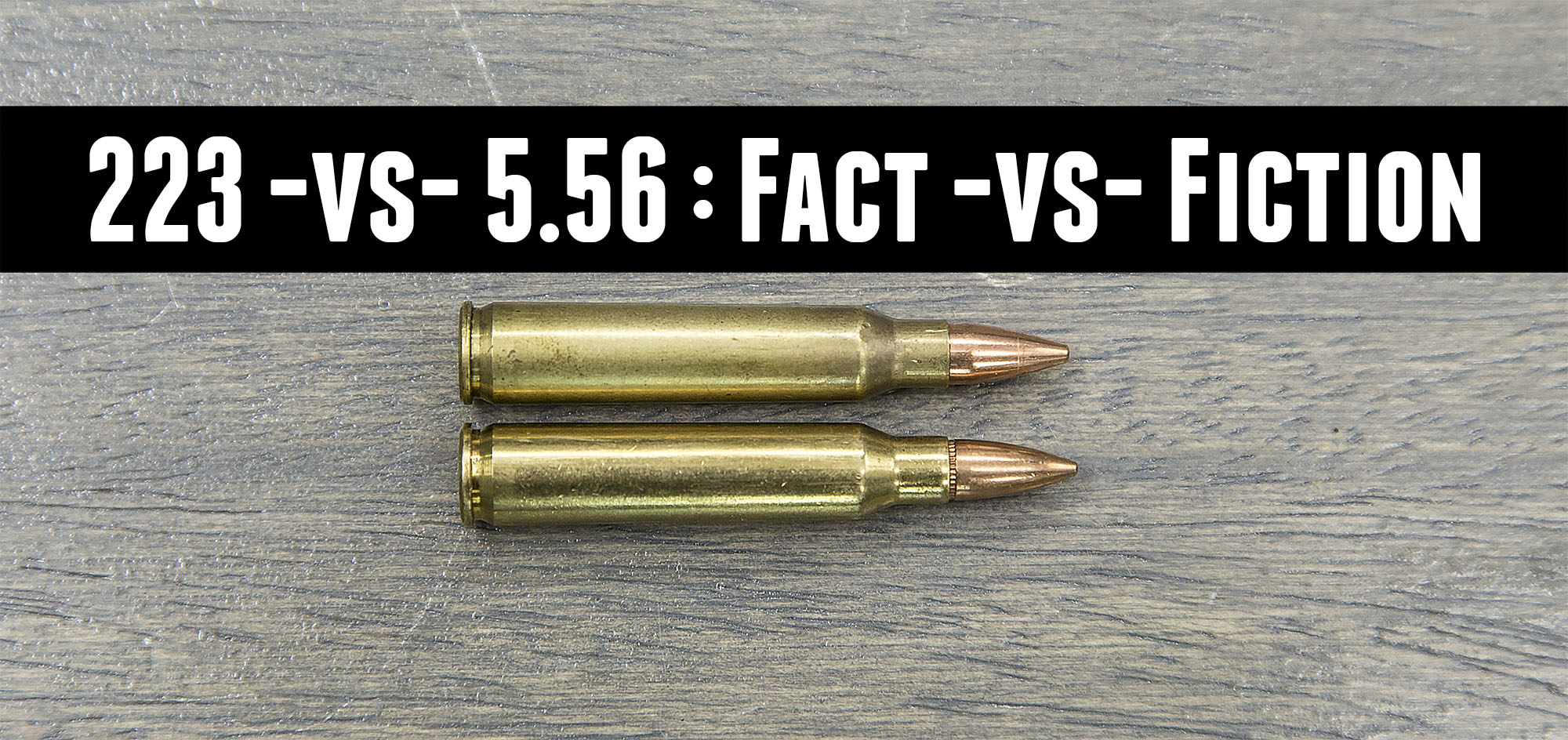
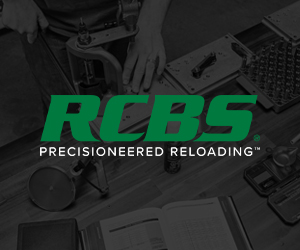

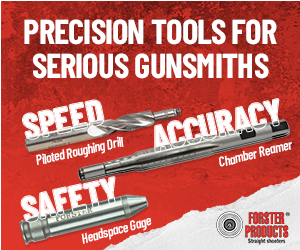





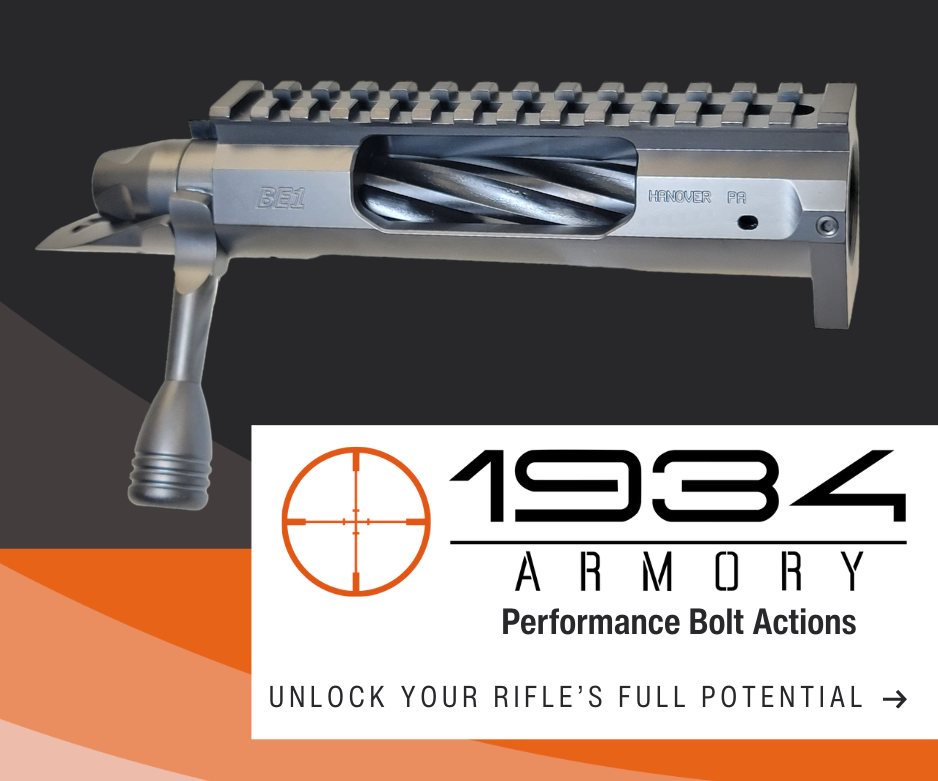






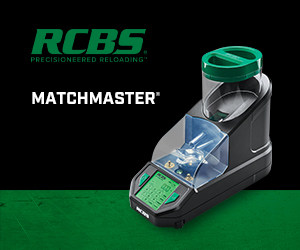





















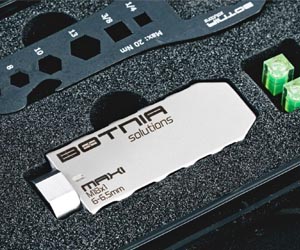






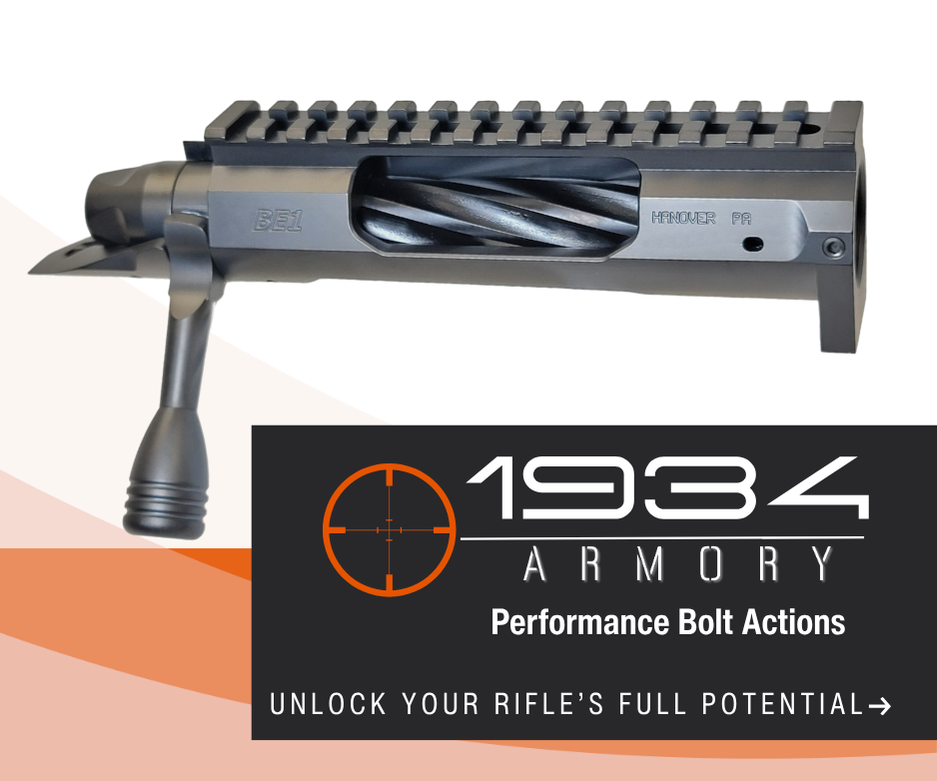




























Well done and thorough! I shoot 223 Wylde and had been warned years ago to not shoot 5.56 ammo in it. Your article explains why very well. Thanks again!
The .223 Wylde is a hybrid .223/5.56 chamber designed by Bill Wylde to yield the accuracy advantages of the match .223 Remington commercial chambering, but without pressure or reliability failures when using high velocity 5.56 NATO spec ammunition. The .223 Wylde achieves better accuracy by having a chamber throat that is tighter than 5.56, but will still function reliably with military 5.56 ammunition because the case dimensions are the same. These facts lead to the .223 Wylde having superior target and varmint accuracy, a compatibility with all .223 and 5.56 NATO ammunitions, and being a top choice for competition shooters.
A 223 wylde chamber can shoot 5.56 just find, a 223 remington chamber cannot.
Is there any issue with reloading 5.56 cases to .223 specs and then shooting them in a rifle chambered for .223?
The 556 brass is heavier (thicker) and therefore has less internal volume. Loading it the same as your 223 brass will result in higher pressures. Stick with 223 brass for 223 loads.
I have not found that to be true- I’ve measured the brass wall thickness with a ball micrometer, and weighed the cases side by side. In some cases 223 cases weighed more, some weighed less compared with 5.56 NATO.
I have also found this not to be true, and the article agrees. I’ve done water volume comparisons on 223 and 5.56 and the results are negligible. Less than .3 grains of water variance in either direction. Some 223 cases hold less water than 5.56 case. Which would indicate just the opposite of your claim.
Disclaimer: I am no expert. Do your own research. I the end you are solely responsible for the safety of your hand loads
Where is this 0.004″ difference in the 223/5.56 cartridge diagram that you were referring to when looking at the Forster headspace gages? Headspace gages measure from the bolt face to a datum on the case. I do not see this datum line on any of the diagrams??
If the pressures are the same, why does factory mil spec 5.56 ammo reach 32-3300 FPS while load data only reaches approx 3100 FPS?
Because you are mixing up 16″ vs 24″ test barrel lemgths in your data sources.
If you look at the actual SAAMI specs, available at https://saami.org/wp-content/uploads/2019/02/ANSI-SAAMI-Z299.4-CFR-Approved-2015-12-14-Posting-Copy.pdf, you can see the datum line for the .223 Rem cartridge. It is on page 68, which is actually the 80th page in the PDF document. It appears that the datum is the location on the shoulder at which the diameter is 0.330″. In the chamber drawing (located below the cartridge drawing), the dimension from the breech face to that datum line is listed as 1.4636″ – 1.4736″.
Hope this helps.
I thought this also.
I’ve loaded both for a Wylde chamber with no problems anywhere. I hadn’t really heard of this until about 20 some years ago. Lots of the older enthusiasts would argue when you would bring this up or at least give you that noob look.
Nice article.
Thanks for taking the time to research and write it Gavin.
Um, couple of quotes from Wikipedia’s article for 5.56 NATO
“In September 1963, the .223 Remington cartridge is officially accepted and named “Cartridge, 5.56mm Ball, M193.”
“In 1970, NATO members signed an agreement to select a second, smaller caliber cartridge to replace the 7.62×51mm NATO cartridge. Of the cartridges tendered, the .223 Remington (M193) was the basis for a new design created by FN Herstal. The FN-created cartridge was named 5.56×45mm NATO with a military designation of SS109 in NATO and M855 in the U.S.”
What are the chamber differences among the SAAMI .223 Remington, the M16 and A1 shooting the 55 gr M193, and the A2 shooting the 62gr M855 ‘green tip’?
If the pressures are the same, why does factory mil spec 5.56 ammo reach 32-3300 FPS while load data only reaches approx 3100 FPS?
Daniel,
what ammo are you referring to?
What barrel length are you referring to?
You need to be more specific about the ammo and weapon that you are talking about.
But European rifles like the CZ are certified by CIP, not SAAMI.
CIP does not distinguish between 223 and 5.56 and requires that rifles be able to fire safely any cartridge in that family.
https://cz-usa.com/support/faq/
I favor the 6mm x .223 wildcat. Since brass has become scarce due to political INCONSIDERATIONS I am scavenging all .223, NATO and mil 5.56 to make my loads. As I read your article the true differences in all the aforementioned casing is minor. Thus the only specification for wildcat load production is the casings alloy composition. Is this a false conclusion?
I had someone give me some brass. Some are .556 and some are .223. I was told by someone that reloads, that you can’t reload .556 brass. Some of you say you can reload .556 to .223 specs. I had some of the .556 primers not come ojt when trying to deprime the cases. My deprime just poked through the primer. Can I lied the .556 with .223 bullets ans primers and safely shoot them through my aero precision .223?
Hi
I truly enjoy your info and respect and appreciate all of your effort.
The real problem you touched on is with the ogive and THIS is where the high pressure (like 70k) comes in. The military (as you stated) shoot a ton of large ogive bullets that can jam into the lands of a shorter freebore of a 223 chamber.